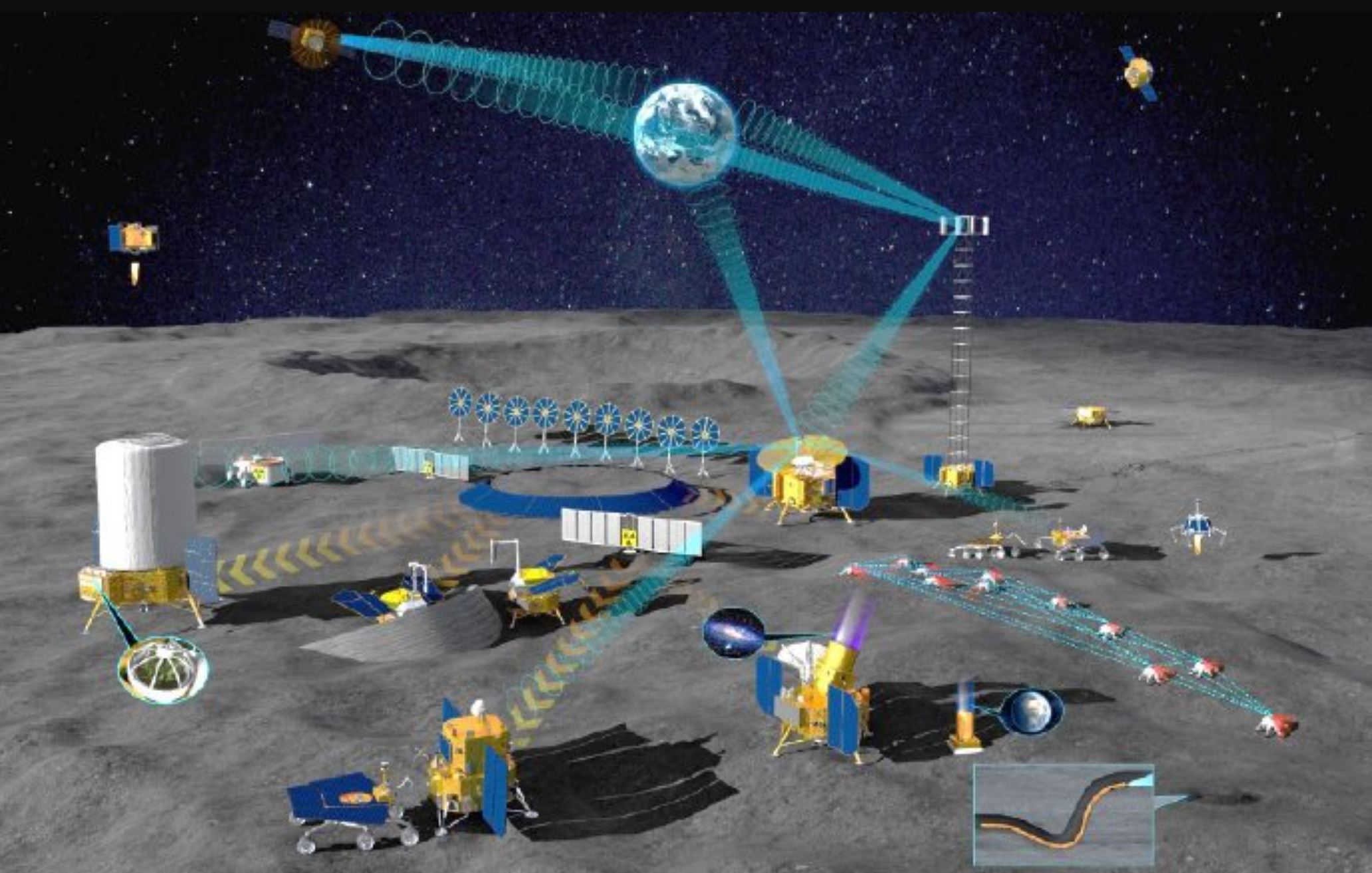In its United States Space Force Commercial Space Strategy, released April 8, the United States government discussed buying commercial, foreign-made, off-the-shelf products rather than investing solely in developing and building specific military solutions within the government or by using government contractors. This is a departure from the approach that the U.S. has taken in the past and provides leadership guidance to move in a new direction. And it tells us a number of important things about the space technology market today, and how the U.S. perceives the role that other countries can play in its own space and defense strategy.
First, that the commercial industry beyond the U.S. has reached a level of maturity and viability such that the U.S. government considers foreign products at least as desirable as home-grown ones — something that hasn’t always been the case because of historic disparities (and lingering perceived disparities) in technological sophistication. Indeed, at April’s Space Symposium, the mood among U.S. Space Force and U.S. Command representatives suggested a real optimism about the state of commercial space worldwide. This is supported by the available data: McKinsey & Co. valued the space market at approximately $447 billion in 2023 — up from $280 billion in 2010 — and said it could grow to $1 trillion by 2030.
But there is also a growing desire among U.S. decisionmakers for interoperability and scaling with the country’s global partners. Looking abroad — and in particular, across the Atlantic to Europe — the U.S. sees real opportunities for synergy, the exchange of information and technology and the forging of stronger alliances. As retired General Joe Votel mentioned in his 2022 speech accepting the R. Lynn Rylander Award from the National Defense Industrial Association, networks have become a key organizing principle behind many recent business successes, from Amazon to Uber. The same must now be achieved for the defense sector. As General Votel said, we must move from “industrial-base thinking” to “network thinking.” The National Space Industrial Strategy’s approach is one that encourages the development of integrated defense space systems and systems-of-systems from their beginning, and one that integrates the national sovereign assets of American allies into the space enterprise.
This is a major development. One key reason for it is that the U.S. wants to remain competitive with China and Russia, the former of which, in particular, has been accelerating space development in recent years. There is an urgent need for the U.S. to be mindful of the advances these two countries are making, and cutting red tape — streamlining its bureaucratic processes with commercial partners and foreign allies — is one way to speed things up. Another reason is to stretch taxpayer dollars further. A way to boost spending efficiency is to outsource the development of off-the-shelf technology to the private sector and allies. It gives the U.S. the time, resources, flexibility and focus to devote its expertise where it matters most, where alternatives from commercial and allied partners are not available.
There are challenges. For commercial partners and potential partners of the U.S., one area of difficulty is overclassification. In other words, protecting information that is not sensitive to the detriment of commercial and allied partners who want to contribute a solution but do not have access. Classification exists for a reason, and the U.S. government has every motive, at a volatile time geopolitically, to insist on secrecy where the development of technology is concerned. Nevertheless, giving careful consideration to the scope of classification can pay big dividends in the efficiency of spending taxpayer dollars.
As far as challenges go, this is a relatively small one when the new U.S. approach is looked at in the round. The USSF Commercial Space Strategy combines progressive and pragmatic attitudes in its attempts to strengthen the nation’s space sophistication, while striking a cautious note around disclosing too much about the overall strategy when tensions globally are high. The real takeaway point is that the U.S. is looking to its allies to shore up and boost its space program. And, fortunately, those allies stand ready to support the U.S. in return. Europe is now the home of a thriving space ecosystem, and a world leader in key fields for defense and aerospace, such as photonics and Earth observation. By working closely with its allies, the U.S. can consolidate its position as the world’s foremost space superpower and, in doing so, build up the resilience necessary to counter threats and keep the peace.
Jeff Huggins is the President of Cailabs US, which develops laser-based communications systems. Jeff has had a career as a naval intelligence officer and held senior roles at several major defense companies, including Israel Aerospace Industries North America and Raytheon. At Cailabs, he drives growth in the U.S. to meet rising demands for laser comms from the defense sector.



